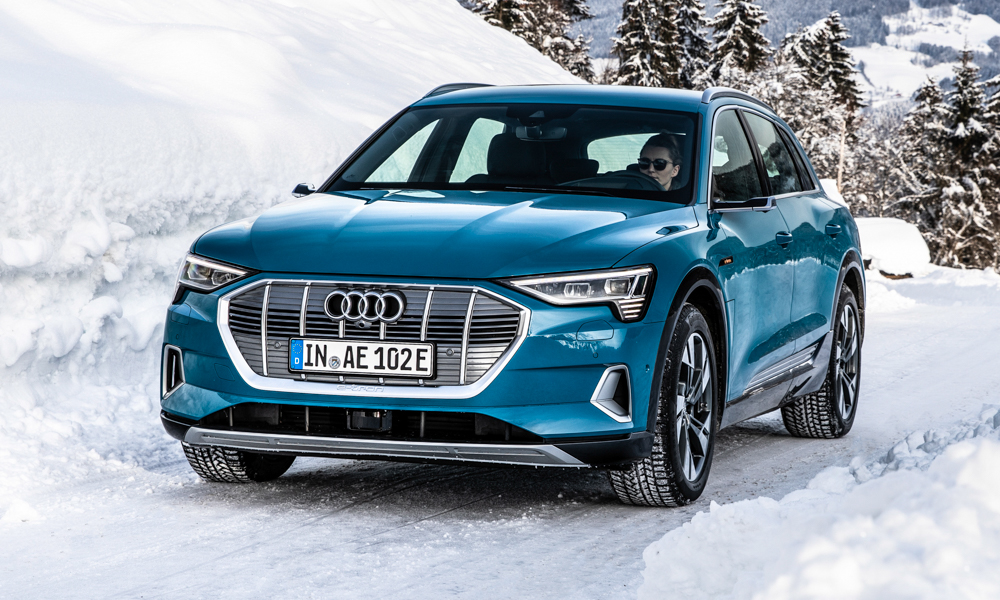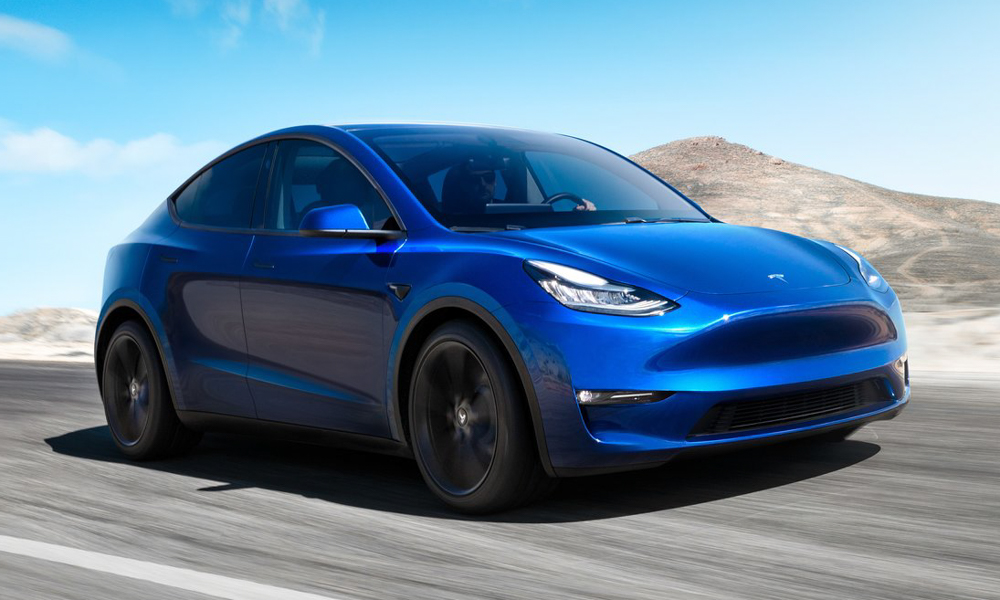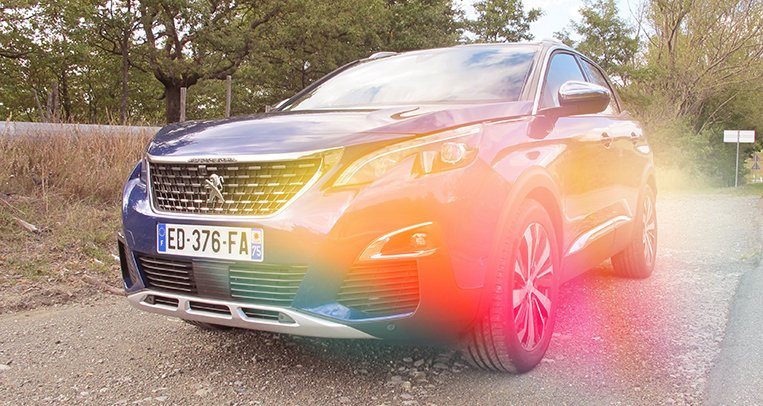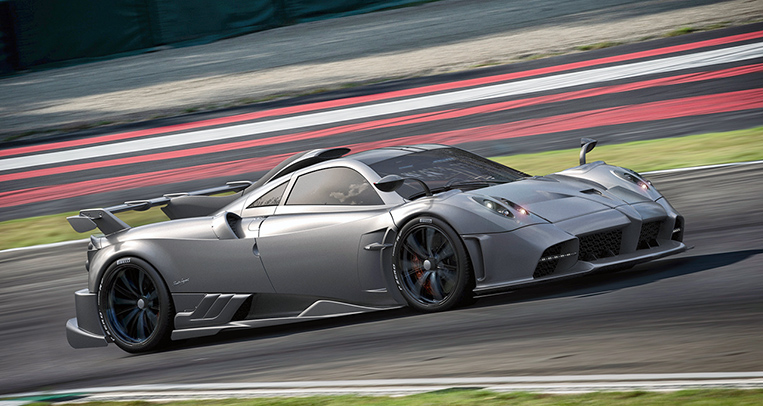
Batteries don’t like extreme temperatures. Hot weather can prematurely wear them out. On the other hand, cooler climate can significantly reduce battery power and efficiency. That is why it is very surprising to find out that battery-electric vehicles are selling like hotcakes in a country like Norway, where the weather is generally frigid.

According to a Reuters report, 54.3% of the 141,412 brand-new cars sold in Norway in 2020 were BEVs. This the first time that such vehicles outsold cars with internal-combustion engines, with data showing a healthy 42.4% jump over last year’s figures. One very big reason could be the fact that even though the Scandinavian country is rich in oil reserves, full-electric vehicles are exempt from taxes levied on those still running on gasoline or diesel.
The growth was particularly notable in the last few months of 2020, where BEVs got a 66.7% market share. The Norwegian EV Association predicts that the sales of electric cars will breach the 65% mark this year, making the goal to phase out ICE-equipped vehicles in 2025 very much attainable.
Audi’s e-Tron crossover topped the list. Last year’s bestseller, the Tesla Model 3, moved down to second place in the sales charts. To fight back, the American carmaker is set to launch its Model Y fully electric crossover this year to get back a bigger slice of the Norwegian EV pie. Other manufacturers such as Ford, BMW and Audi’s parent company Volkswagen are already planning to launch their respective BEVs in Norway soon.

Nobody can deny that a climate emergency is in our midst. And this milestone in Norway is proof that, with the proper infrastructure and positive government intervention, BEVs can be made accessible to more people, with electrified mobility eventually becoming a viable and practical option for consumers.
If only we could experience the same thing in the Philippines.











Comments